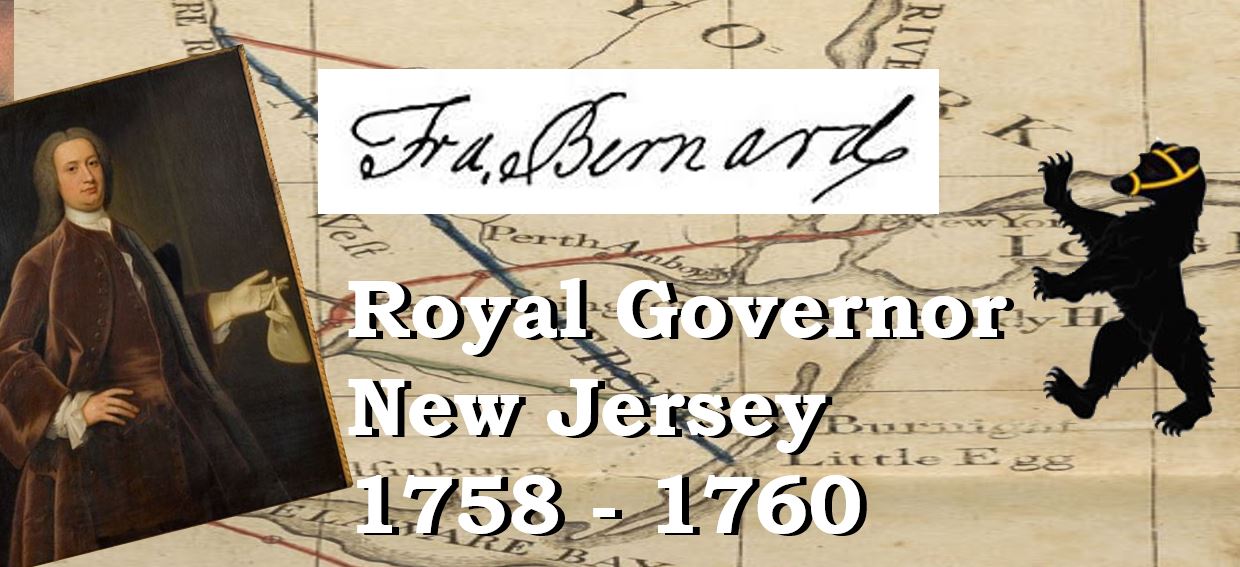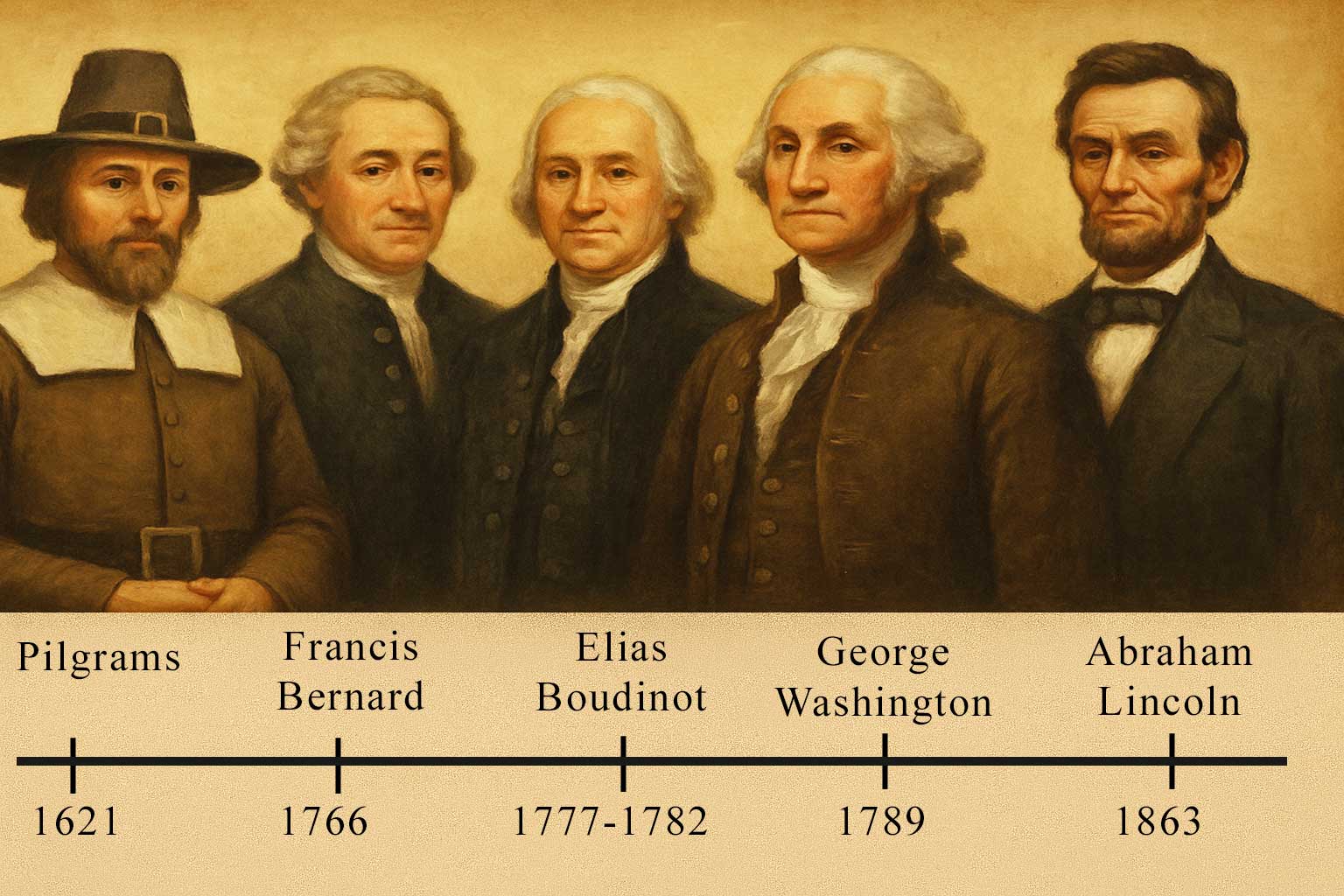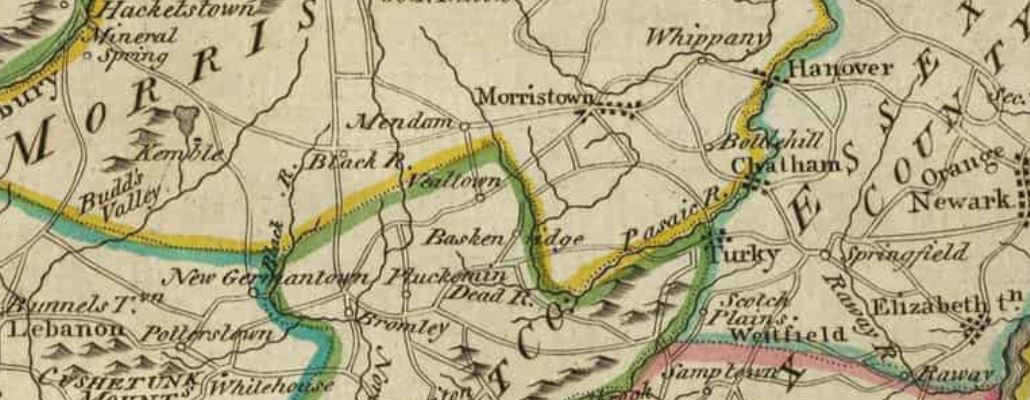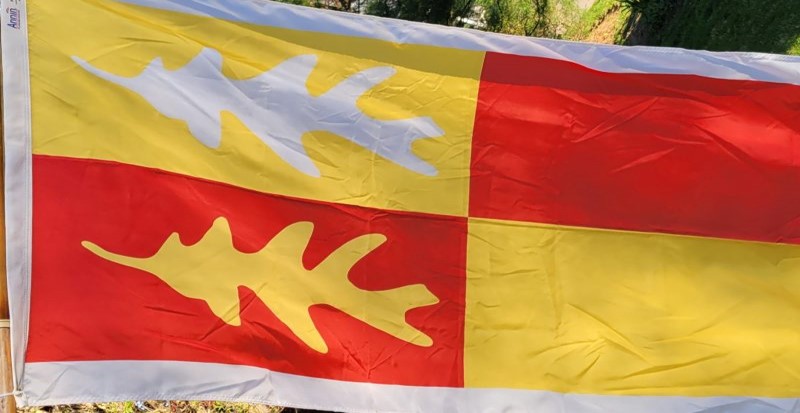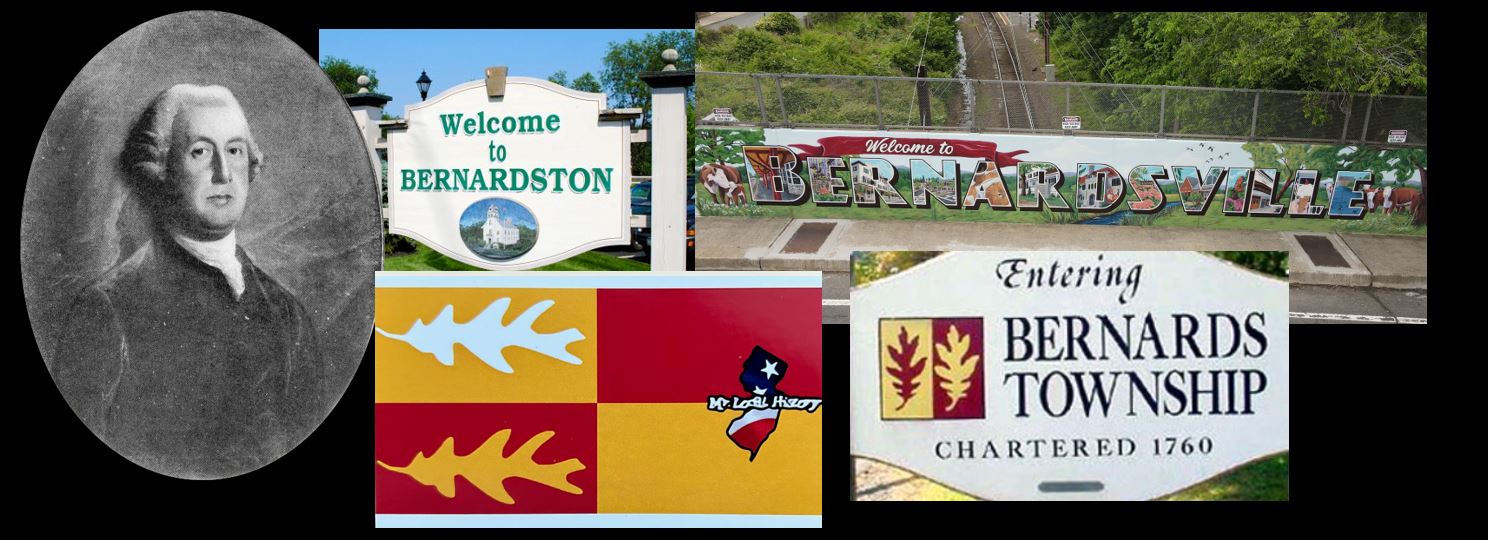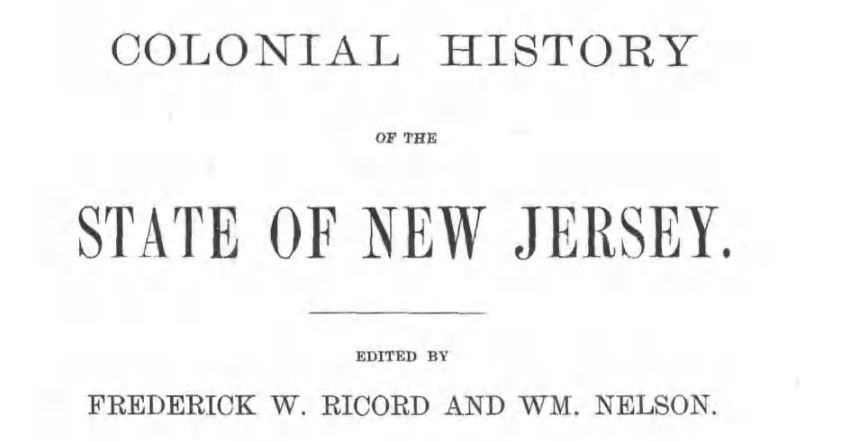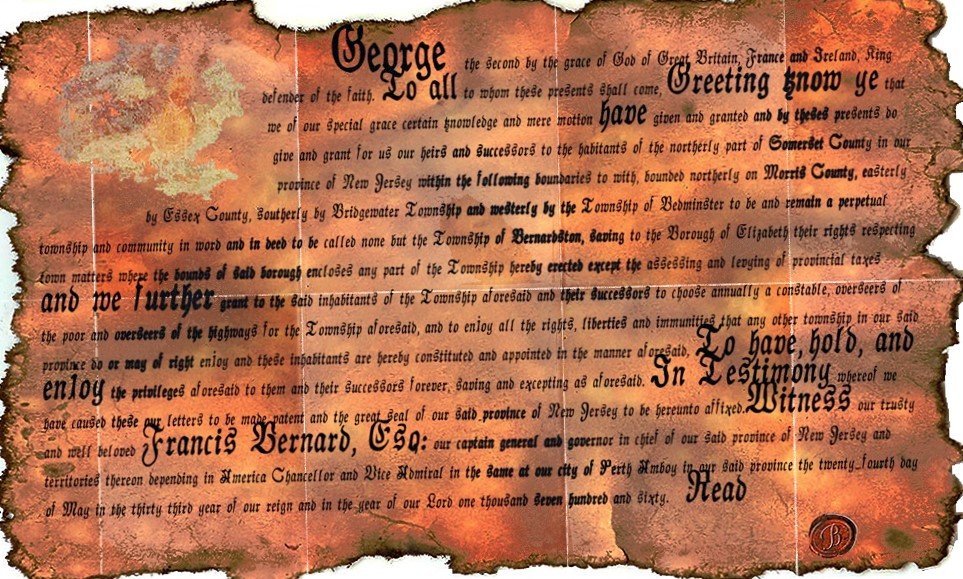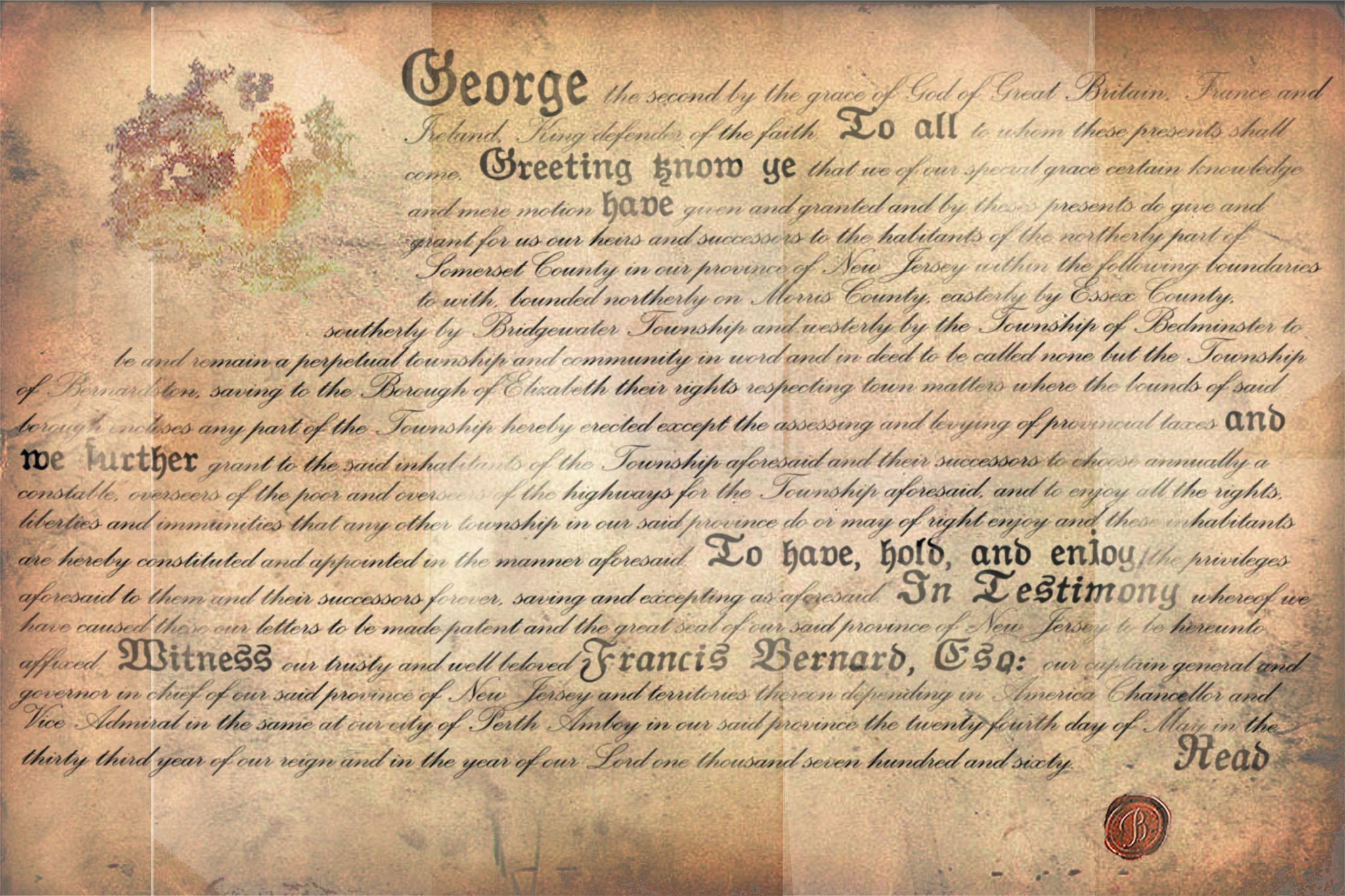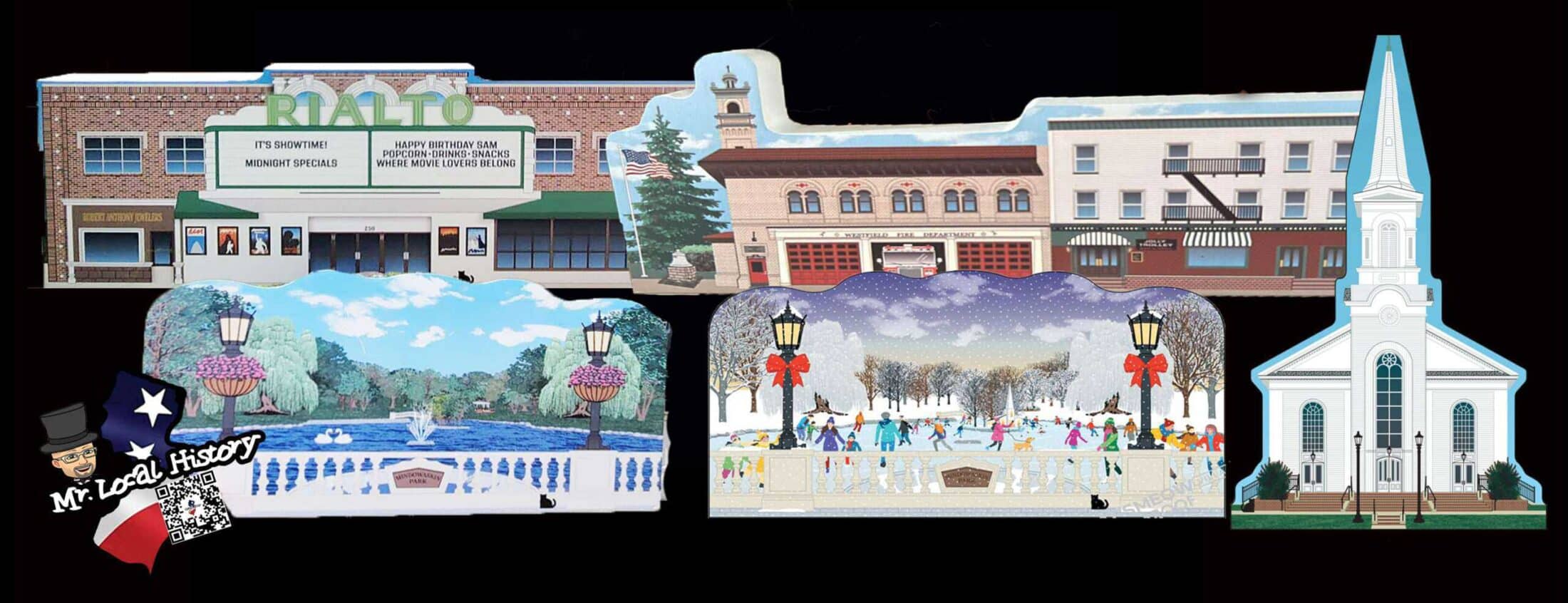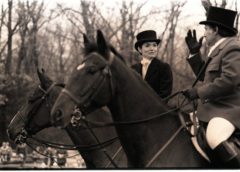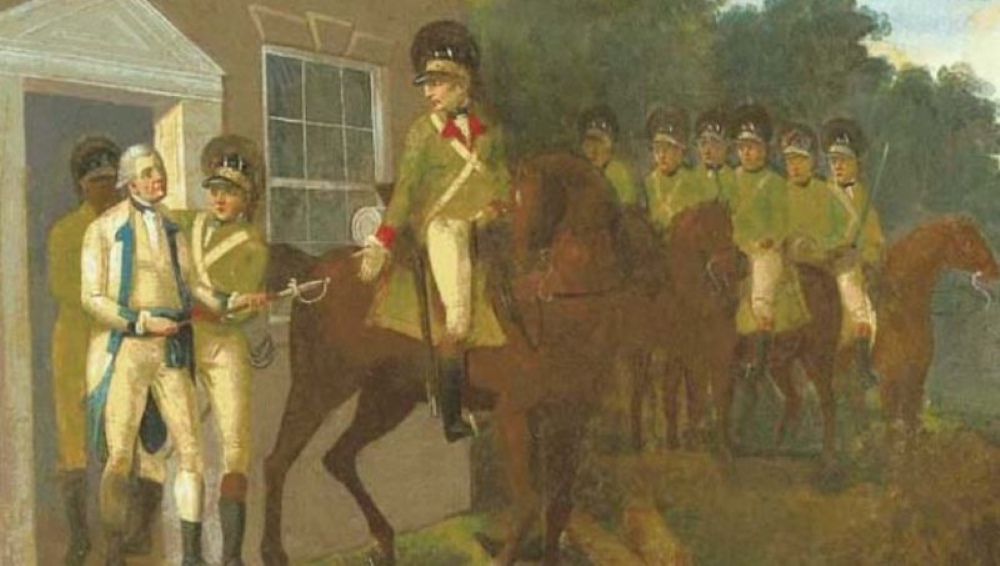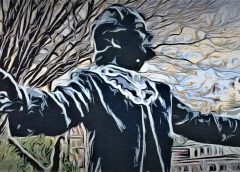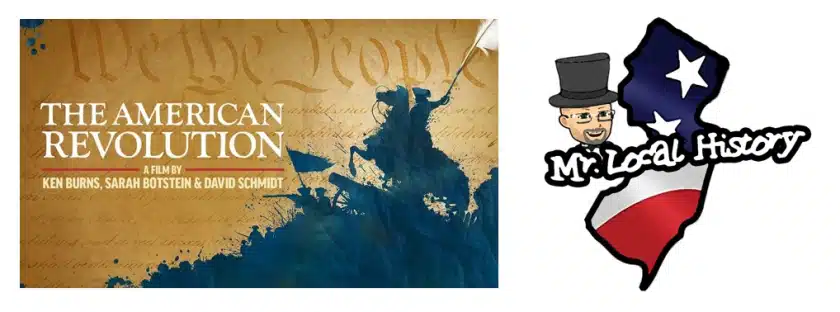
These are a series of posts that provide local insight into Ken Burns’ American Revolution series and ties to local history that the Mr. Local History Project has been covering.
Episode 1, titled “How Land, Taxes and Rebellion Sparked the American Revolution,” explores how British attempts to raise revenue after the French and Indian War sparked a chain of colonial resistance that set the stage for open rebellion. At the 33rd minute, Ken Burns shows how the Stamp Act became the spark that transformed quiet colonial frustration into open resistance. It was the very crisis that engulfed Royal Governor Francis Bernard, whose strict enforcement in Massachusetts made him the lightning rod of British authority in the years just before his flight back to England.
Royal Governor Francis Bernard and the Stamp Act
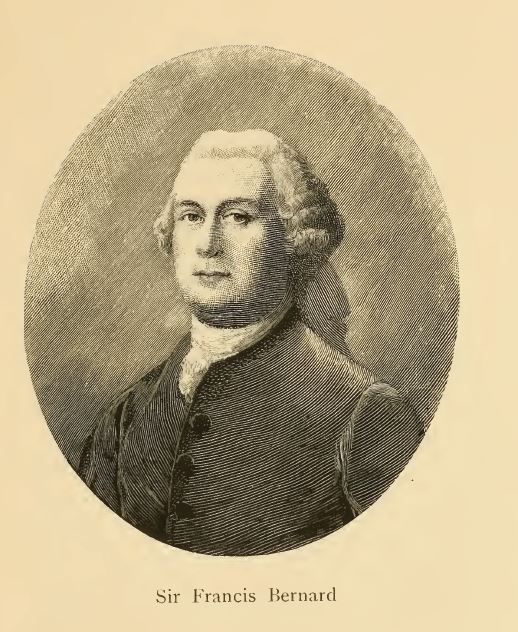
Long before he became a lightning rod in Boston, Royal Governor Francis Bernard had already shaped the map of northern Somerset County. When he arrived in New Jersey in 1758, he served as a steady, orderly administrator. In 1760, residents in the northern part of old Bernardston Township asked to form their own community. Bernard approved the separation, and in keeping with colonial custom, the new township honored him by adopting his name. That is how Bernards Township came to be, years before the colonies began their long march toward independence.

Later that same year, Bernard was reassigned to Massachusetts, stepping directly into one of the most contentious political climates in America. He arrived just as tensions over customs enforcement were rising. When the Stamp Act came along, Bernard supported it as a matter of imperial duty. He backed the appointment of stamp officers, prepared to enforce the law, and wrote regular reports to London describing the growing unrest in Boston. He believed he was doing his job. Bostonians believed he was feeding London the rope it would use to tighten control over them.
The Stamp Act of 1765 was a British law that required colonists to buy an official stamped paper for almost every printed item they used. Newspapers, legal documents, playing cards, land deeds, even licenses all needed a paid stamp to be considered valid. It was the first direct tax Parliament placed on the everyday lives of the American colonists.What enraged the colonists was not the cost. It was the principle. Colonists believed that only their own elected assemblies had the right to tax them. They had no voice or vote in Parliament, yet they were being forced to pay. The act felt like an attack on their rights as English subjects. It stirred protests, boycotts, street demonstrations, and gave rise to cries of “no taxation without representation.”
The protests of 1765 became riots. Bernard requested troops. As the political temperature rose, he became a symbol of everything the colonists feared about imperial power. When copies of his letters eventually reached Boston, they confirmed what patriots already suspected. Bernard was not neutral. He was on the side of Parliament.
Bernard Flees Back to England
By 1769, London had heard enough. Bernard was recalled to England, officially for consultation, but everyone understood the real purpose. His presence in Boston had become a spark rather than a solution. When Bernard returned to England, he discovered that the political world had cooled toward him. He expected praise for his loyalty, yet he found only skepticism and impatience. Parliament was weary of colonial turmoil and ready to move on without the embarrassment of a governor whose tenure had stirred more trouble than calm. Bernard received a pension but no new command. His days of holding power were over.
In London, he defended his actions through long written explanations and pamphlets, insisting he had only enforced the law as expected. But the influence he once enjoyed was gone. He would spend the rest of his life larngely in retirement, dividing his time between London and the countryside. He died in 1779, the same year the Pluckemin Artillery Park reached its peak, and long before the Revolution drew to a close.
When Bernard finally stepped aboard His Majesty’s Ship Rippon on the morning of August 1, 1769, he left Boston as one of the most disliked men in New England. The Rippon slipped out of King Road and headed east across the Atlantic. A little more than a month later, in early September, the vessel reached Portsmouth, and Bernard made his way into London soon after. But in Britain, the view of him was entirely different. The Crown saw him not as the lightning rod he had become in Boston but as a loyal servant who had endured years of unrest on behalf of the King. Within months of his return King George III rewarded him with a baronetcy, making him Sir Francis Bernard, First Baronet of Nettleham.
It is one of those twists history likes to serve up. The very same man who helped inflame colonial anger during the Stamp Act crisis returned home to applause and promotion. And yet his story circles back to us in a quiet way. It would be Sir Francis Bernard whose name eventually traveled to the open farmland of northern Somerset County, giving rise to what we now know as Bernards Township. A royal governor on one side of the ocean, a township namesake on the other. All of it woven into the larger thread that ties our local story to the imperial drama unfolding in the tense years before the Revolution.
What Happened to Bernard’s Family Back in the Colonies
Bernard’s family story took a far different path in America. Several of his children remained in Massachusetts even as anger toward their father grew. His sons, John, Thomas, William, and Scrope, lived through the entire revolutionary period in Boston. Despite their father’s Loyalist reputation, none of his children were arrested or exiled. In fact, most of them managed to remain socially connected, and some even prospered after the Revolution.
His son, Sir Thomas Bernard, eventually became a respected English reformer and philanthropist. Another son, Scrope Bernard, served in Parliament. The family never returned to New Jersey, but the Bernard name lived on both in England and here in the Somerset Hills, secured by the simple act of approving a township petition in 1760.
Bernard Series
Meet (Sir) Francis Bernard Esq. – New Jersey’s Royal Governor
Views: 9,270 Our curiosity started with a round-table discussion: Who is Francis Bernard, and should there be a statue to recognize his service to New Jersey? Read the story and tell us what you think at the end. It is…
Sir Francis Bernard Honored With American Town Names
Views: 5,208 Sir Francis Bernard’s Legacy Carries On as Towns Honor the Royal Governor of New Jersey and Massachusetts In 1758, Francis Bernard, originally from Lincolnshire, England, was appointed Governor of the province of Nova Caesarea (New Jersey). He packed…
Plenty of Local Ties to Jersey in the Ken Burns Rev War Series
Views: 204 These are a series of posts that provide local insight into Ken Burns’ American Revolution series and its ties to local history, which the Mr. Local History Project has been covering. Here are all six episodes of Ken…
Thanksgiving Proclamations Way Before Lincoln Did It -Thanks Jersey Guys
Views: 1,348 On October 3, 1863, President Abraham Lincoln designated Thursday, November 26, 1863, as a day of public thanksgiving and prayer. While many recognize President Abraham Lincoln’s Thanksgiving proclamation, many don’t know that two New Jersey statesmen persuaded President…
In Search of the Crest of Sir Francis Bernard
Views: 4,516 In Search of the Official Crest of Sir Francis Bernard, the Royal Governor of New Jersey and Massachusetts. The towns of Bernards Township and Bernardsville, New Jersey, are named in honor of Sir Francis Bernard, the Royal Governor…
Retrospective: Why Bernardsville was Once Called Vealtown
Views: 12,451 It’s an age-old question, and the internet didn’t know the answer. So the Mr. Local History Project went digging. Why was Bernardsville once called Vealtown? Our research began with a post on social media, because, yes, there are…
Bernards Township Origins
Views: 5,370 UPDATE: March 12, 2025 –A few researchers at the Mr. Local History Project are looking for a few Chinese and Indian residents interested in tracing the roots of these two growing communities in Bernards Township to the first…
Flag Honors Bernards Township’s History & Available for First Time in 64 Years
Views: 14,364 For the First Time in 64 Years, Fundraiser offers an Exclusive, Large Bernards Township Flag Made by the Annin Flag Company, the world’s largest and most prestigious flag maker. For the first time since 1960, an original Bernards…
Sir Francis Bernard History Series
Views: 2,890 FRANCIS BERNARD, NEW JERSEY’S FORGOTTEN GOVERNOR SOCIAL MEDIA HISTORY SERIES The Mr. Local History Project hopes you’ve been following our Facebook series honoring the life of New Jersey Royal Governor Sir Francis Bernard, named for the towns of…
Three Sister Towns Historic Links to Governor Sir Francis Bernard
Views: 4,878 Amid controversy and intrigue, we have been writing for years about a controversial figure in early American history who served the English majesty as the provincial governor of New Jersey and Massachusetts Bay. If you were to define…
New Jersey Provincial Governor – Francis Bernard’s Actual 1758 Job Description
Views: 1,230 Terms and Conditions to the new Provincial Governor if accepted. And YES, Bernard accepted. As the internet grows, so does the information. This piece is a transcribe of what is the job description for Francis Bernard, who was…
Most People Don’t Know The Meaning Behind These Town Names
Views: 6,889 The Mr. Local History Project took a moment out to answer a very simple set of questions, of which we’ve learned many people just didn’t know the correct answer. The Somerset Hills is an area of northern Somerset…
Is it Bernard or Bernards? Hummm
Views: 3,100 The Mr. Local History project often digs into multiple archives looking for evidence of the areas collective past. But this one got us scratching our heads. There is no doubt that Bernards Township is named after Sir Francis…
The Lost Charters of Bernards Township & Bedminster
Views: 14,878 UPDATE: While we wrote this piece years ago, the Bedminster Charter came back in the news on October 21, 2019, when it was announced that the Forbes family was donating the charter back to Bedminster Township. The story…
Recreating the Historic Charter of Bernardston
Views: 8,668 Historic documents often meet their tragic endings swiftly and tragically. In 1850, Bernards Township was known to have had a massive fire at the home of the township administrator, burning all of the township’s documents, including its founding…
